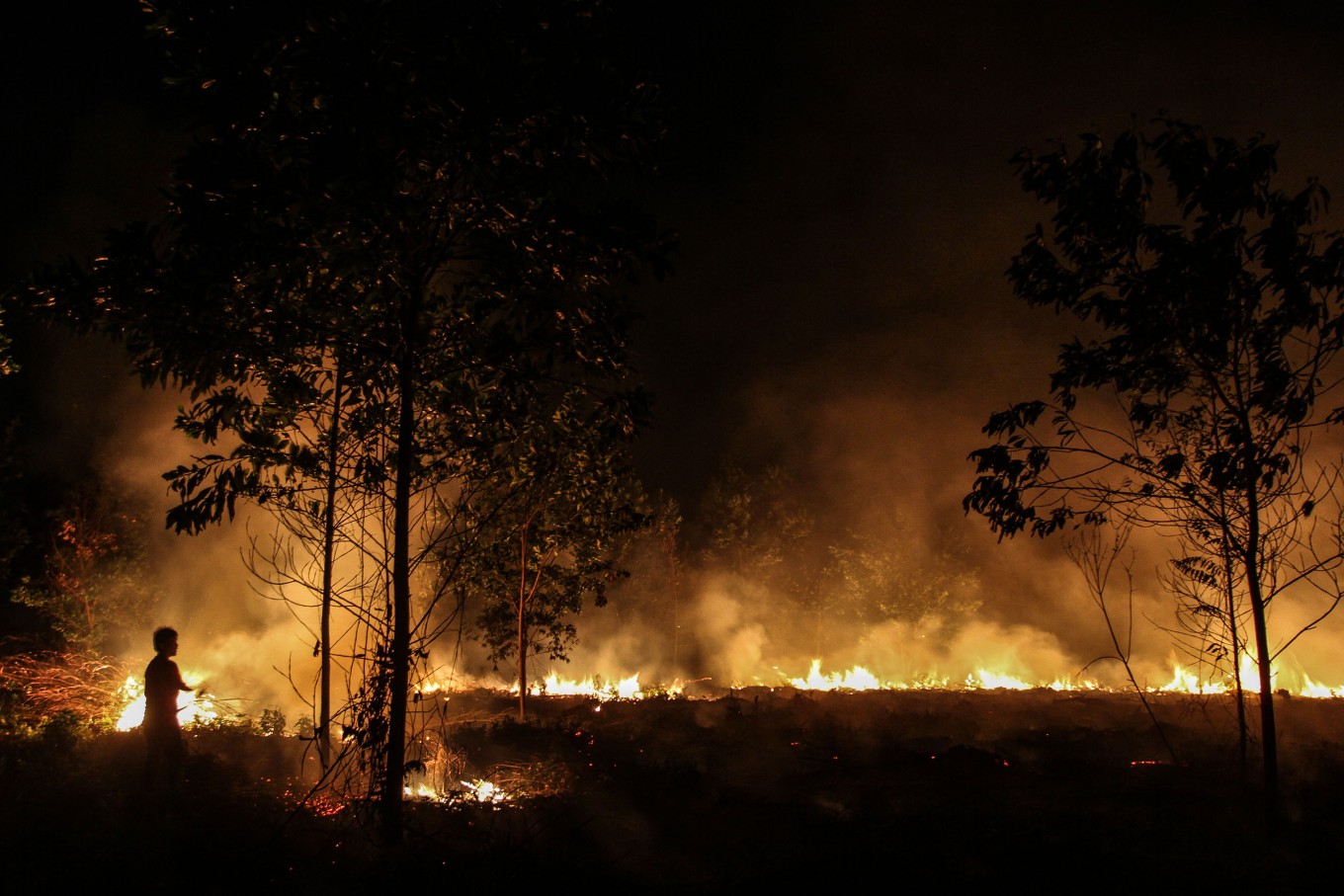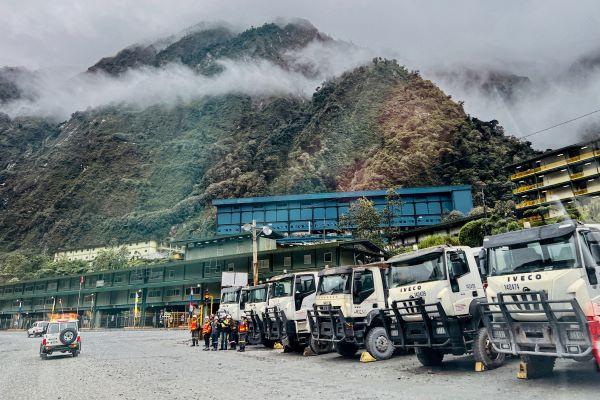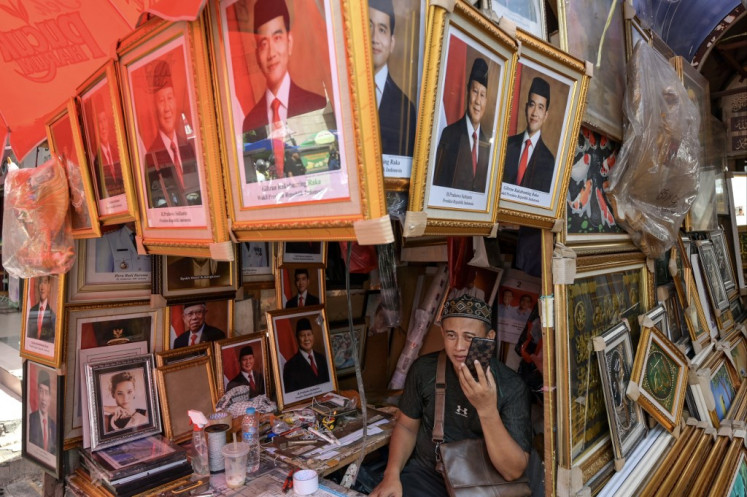Quo vadis our forest moratorium?
A moratorium is a means to temporarily stop to identify things that need to improve in the context of forest and peatland management in Indonesia.
Change Size
 Fires burn forest and land on Sumatra Island during the dry season. (Antara/Rony Muharman)
Fires burn forest and land on Sumatra Island during the dry season. (Antara/Rony Muharman)
T
he moratorium on forest management improvement concluded on May 13, after six years of implementation. The commitment for better forest management in Indonesia was initially stipulated by Presidential Instruction (Inpres) No. 10/2011 on the suspension of new licenses and improving governance of primary natural forest and peatland. The Inpres was then extended with Inpres No. 6/2013 and Inpres No. 8/2015. When Inpres No. 8/2015 ends in May, the public will be awaiting the following measures by President Joko “Jokowi” Widodo.
Many parties appreciate this political commitment. Even Norway pledged to provide US$1 billion, considered a “bonus” for the Indonesian government’s urgently needed efforts to improve and protect forests.
A moratorium is a means to temporarily stop to identify things that need to improve in the context of forest and peatland management in Indonesia. The moratorium should enable us to decrease deforestation and peatland clearance, which should have a significant impact on greenhouse gas (GHG) emissions from forestry. This includes tenurial conflict resolutions.
Indonesia has thus far been considered the largest GHG emitter from forest and peatland clearances. The recurring forest fires have sickened inhabitants and the earth while inflicting serious impact on climate change, partly blamed on poor forest and land governance.
Forest fires happen not only in the major forest areas of Kalimantan and Sumatra but also in Sulawesi, Maluku, and Papua as the last ecological frontier. Forest clearance has a significant correlation to forest and land fires. The government has been warned that ceasing such clearances would be the most effective way to stop forest fires.
A moratorium should not be a time-based policy but rather should be achievement-based measures with clear and measurable indicators. The One Map Policy should have served as s strong foundation to improve forest governance. Sadly, all measures seem to move nowhere. The issuance of the indicative moratorium map every six months is not effective yet despite its 11th revision last year.
Worse, many parties give negative responses to the moratorium commitment. The total peatland protection initiative remains questionable. Agrarian reform, which has been proudly proposed by the government, has yet to resolve lingering tenurial conflicts. Law enforcement of prevailing policies has never been well-accomplished.

















